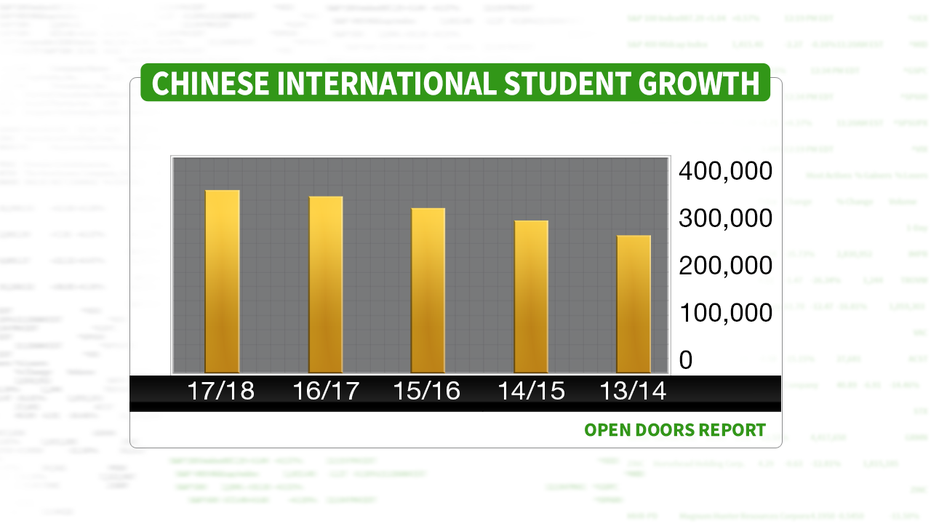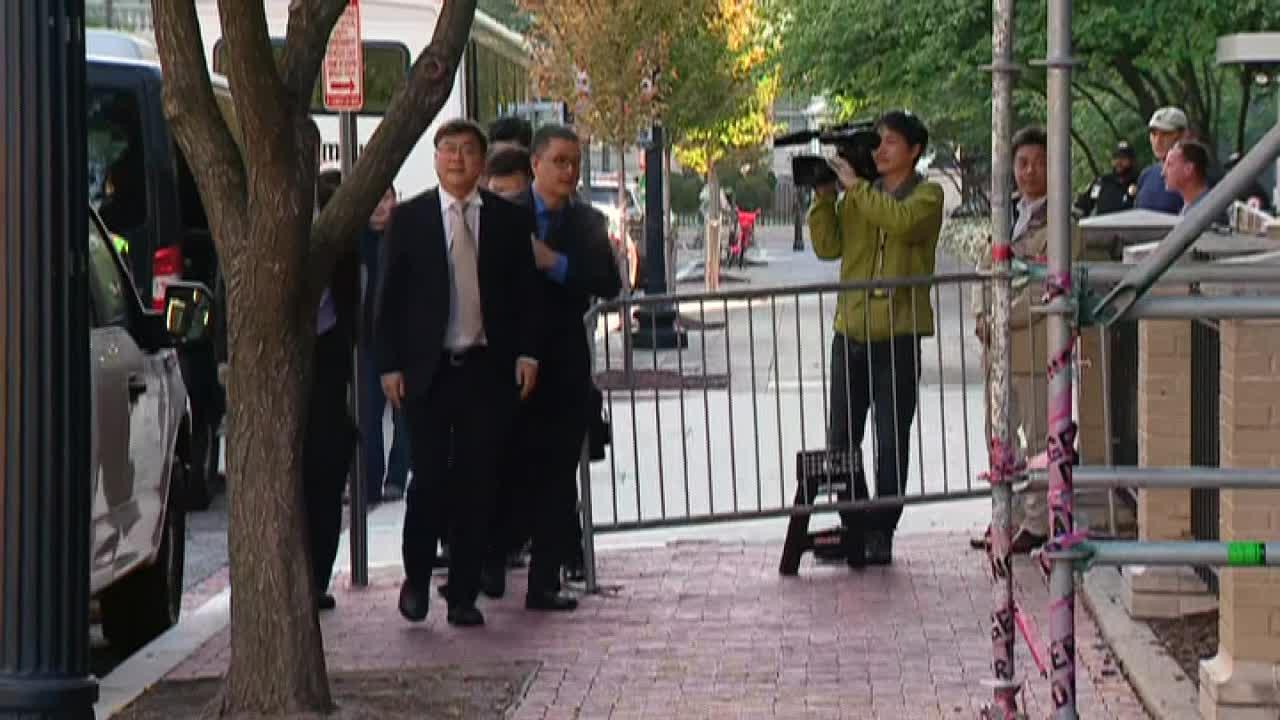Tensions between China & U.S. hitting campus quads
Enrollment of new Chinese students at universities and colleges in the United States dropped at least one-fifth at some institutions, which could send ripples through the economy if the trend continues and change the way colleges recruit foreign students.
China sends more students to the United States than any other country, and the loss of Chinese students could hurt the economy and college bottom lines as the relationship between Beijing and Washington becomes tenser as the trade war continues between the two nations. Students inject billions of dollars into the U.S. economy and higher education institutions rely on foreign students because they can often bear the full weight of tuition and other fees.
So deep is concern about the financial effects of a decline in Chinese students that the colleges of engineering and business at the University of Illinois, which enrolls more than 5,000 Chinese students, took out an insurance policy two years ago that will pay $60 million if revenue from Chinese students drops 20% or more.
Elsewhere, Lehigh University in Pennsylvania hired a recruiter this month to help bring in more students from India, and it also has been taking more interest in sub-Saharan Africa, according to Cheryl Matherly, vice president and vice provost for international affairs. Applications from China fell 6% this fall at the university, which counts about 650 Chinese among its 7,100 students.
“We’re trying to get out ahead of this because, at the end of the day, I think what we’re seeing is that recruiting and how students are making decisions about where to go, it’s a volatile space,” Matherly told the Associated Press. “As institutions, you need to diversify.”
A third of all international students in the United States are Chinese, according to the 2018 OpenDoors Report. About 363,341 students from China attended classes at American higher education institutions last year. The number of Chinese students has been increasing steadily since the 2012-13 schoolyear when the number of Chinese students in the U.S. was more than 235,000. Chinese contribute about $13 billion annually to the economy, according to NAFSA: Association of International Educators.

But in June, the Chinese government warned its students about their prospects for getting student visas. That warning seemed to have some merit. In late August, U.S. authorities denied nine Chinese students enrolled at Arizona State University entry into the United States, according to the USAToday Network. The students were returned to China.
“This is the next iteration of where this is going as it moves from the economy and security to people-to-people,” Jude Blanchette, a senior adviser with U.S.-based consultancy Crumpton Group, and author of the book "China’s New Red Guard," told the South China Morning Post after the warning was issued. “Both the U.S. and China are going to weaponize talent. China is not wrong to issue this warning.”
University administrators and observers told the AP today that trade conflicts and U.S. concerns about the security risks posed by visiting Chinese students appear to be accelerating a trend that is driven by growing international competition, visa complications and the development of China’s higher education system.
At Bentley University in Massachusetts, the number of new Chinese graduate students arriving on campus dropped from 110 last fall to 70 this time. As a result, the school is reviewing the viability of some graduate programs that have been most affected by the decline.
“I wouldn’t describe it as catastrophically bad,” President Alison Davis-Blake said. “We’ve been very intentional about knowing that a drop-off was coming and really broadening our international and domestic footprint.”
CLICK HERE TO READ MORE ON FOX BUSINESS
Significant drops also have been reported this fall at such schools as the University of Vermont, which saw a 23% decline in Chinese student enrollment, and the University of Nebraska-Lincoln, which had a 20% decrease.
The report contains material from the Associated Press.




















